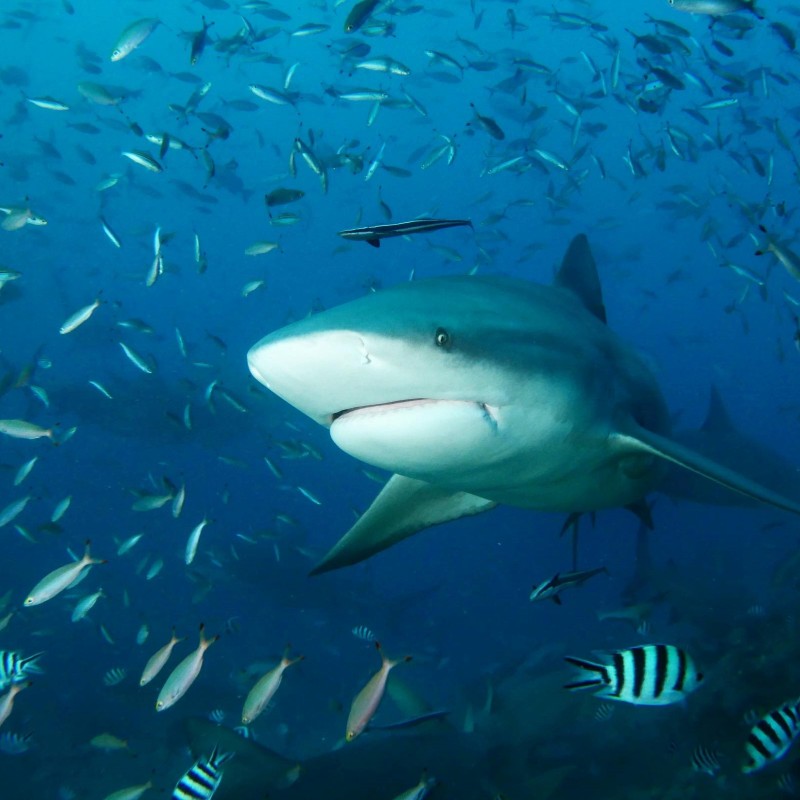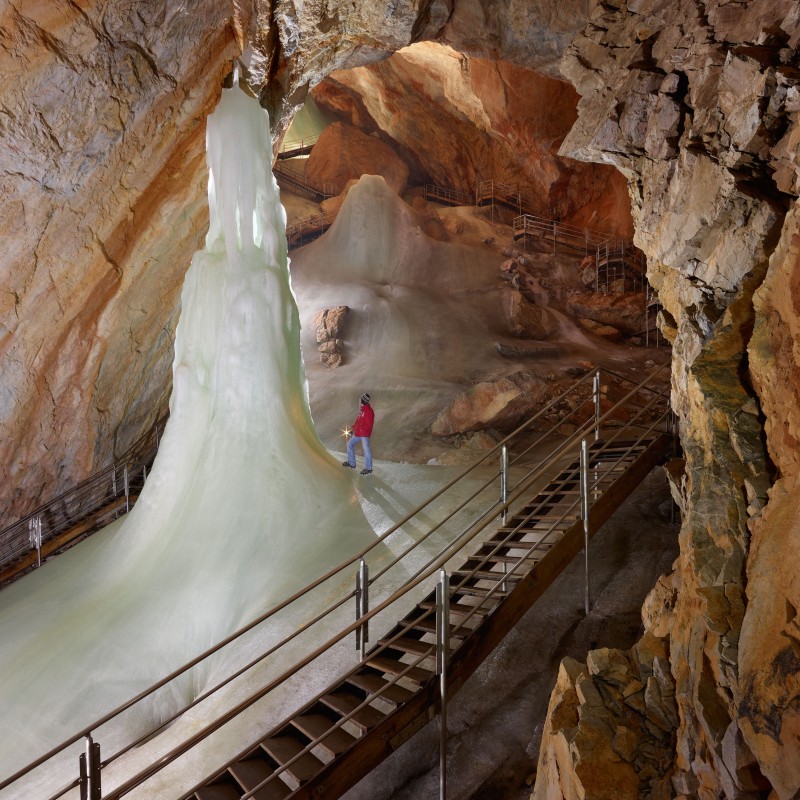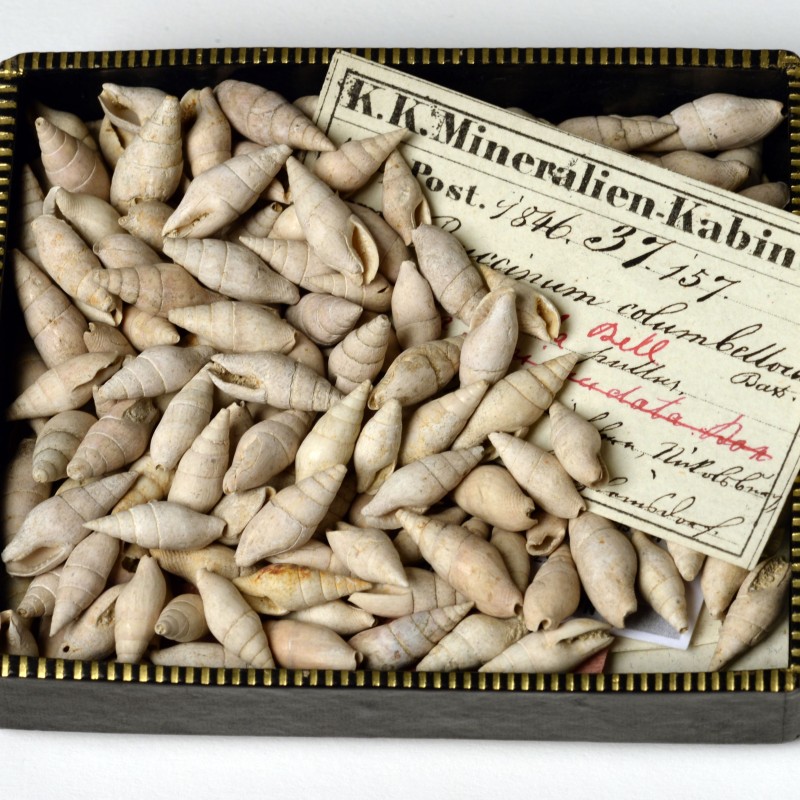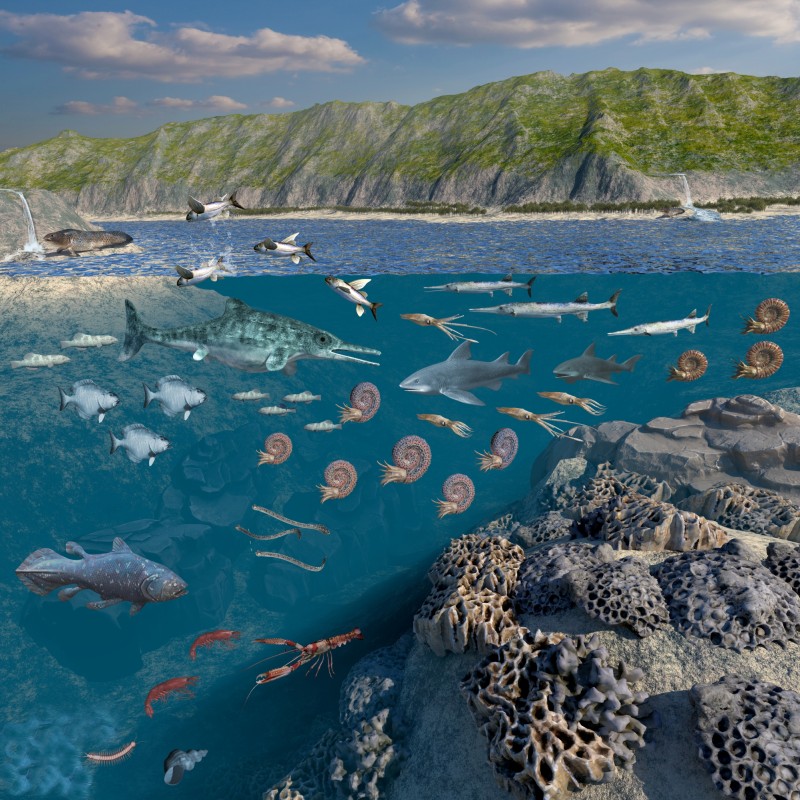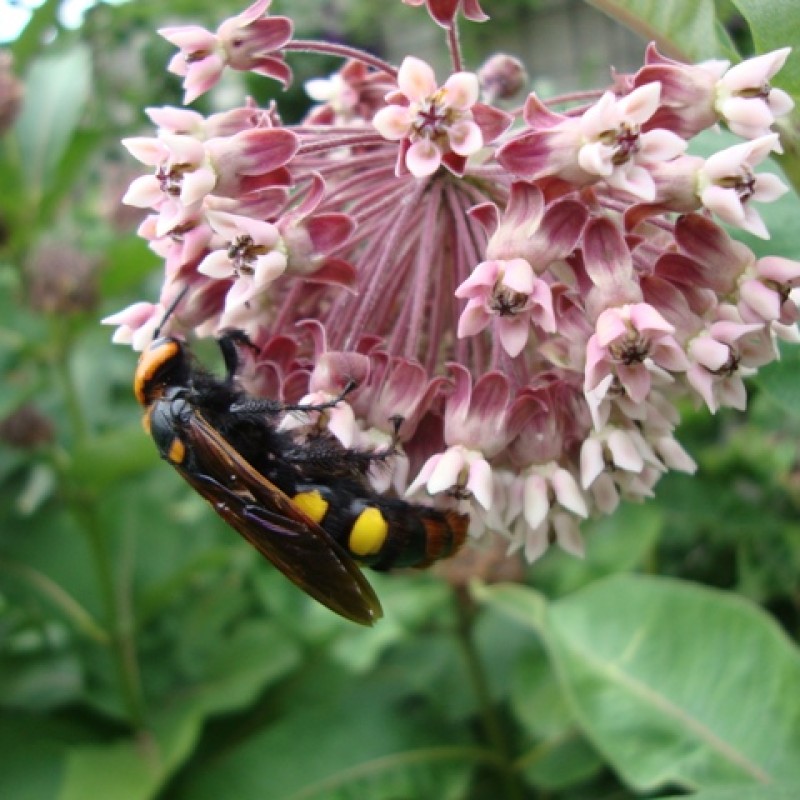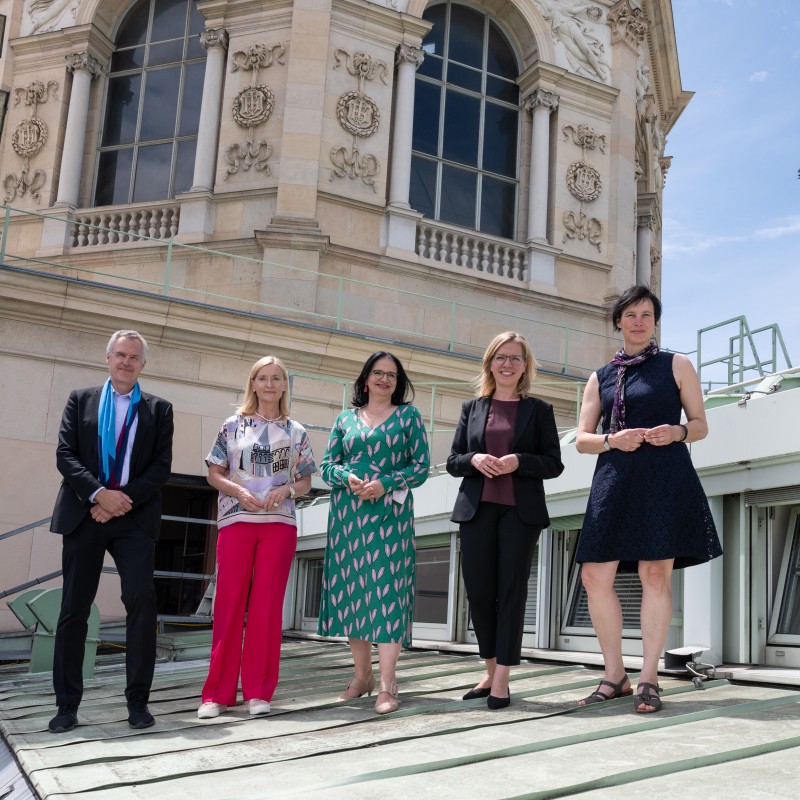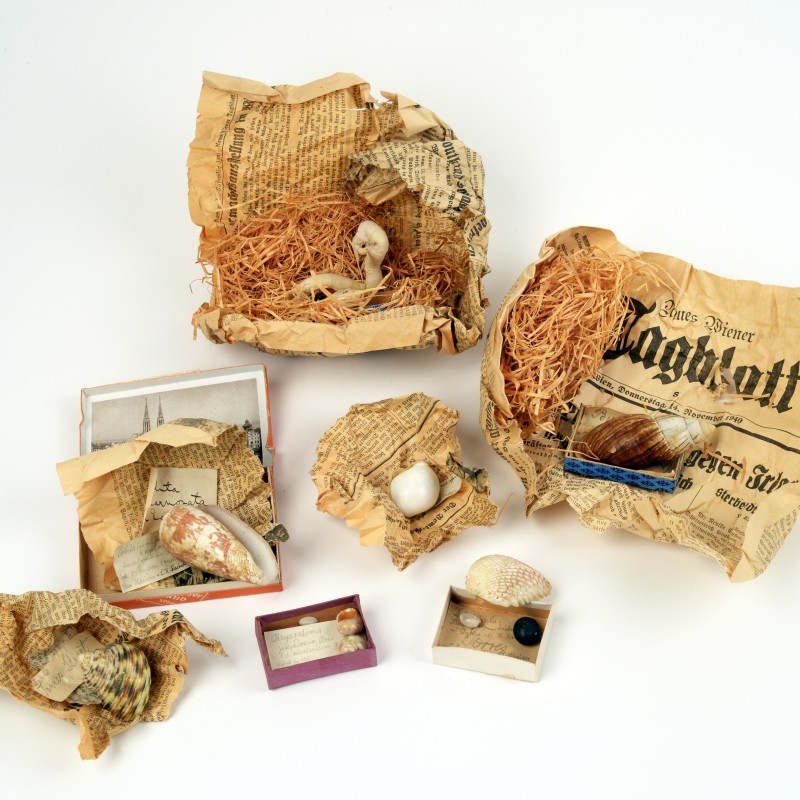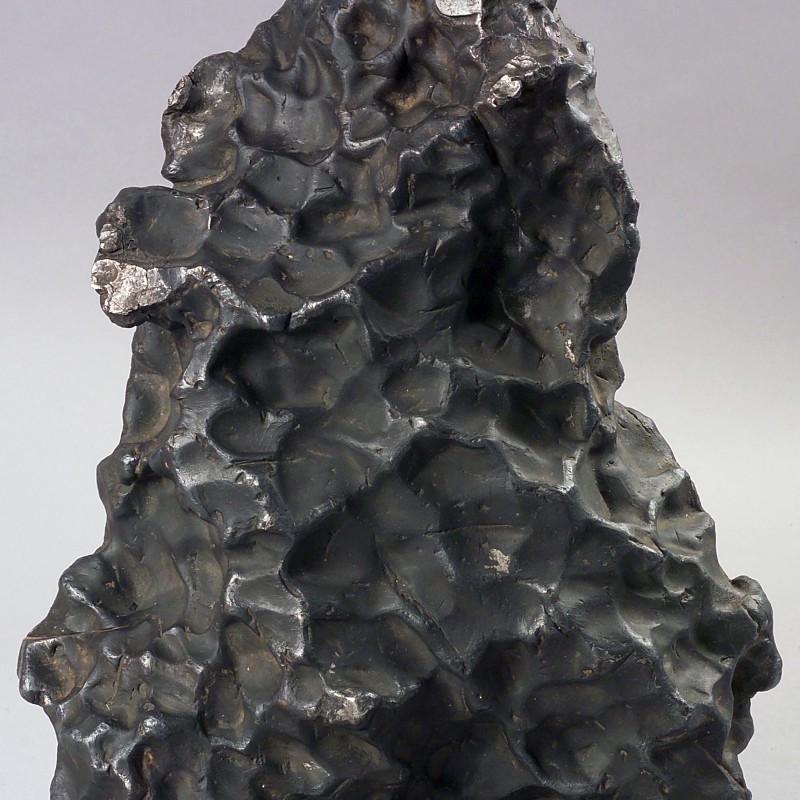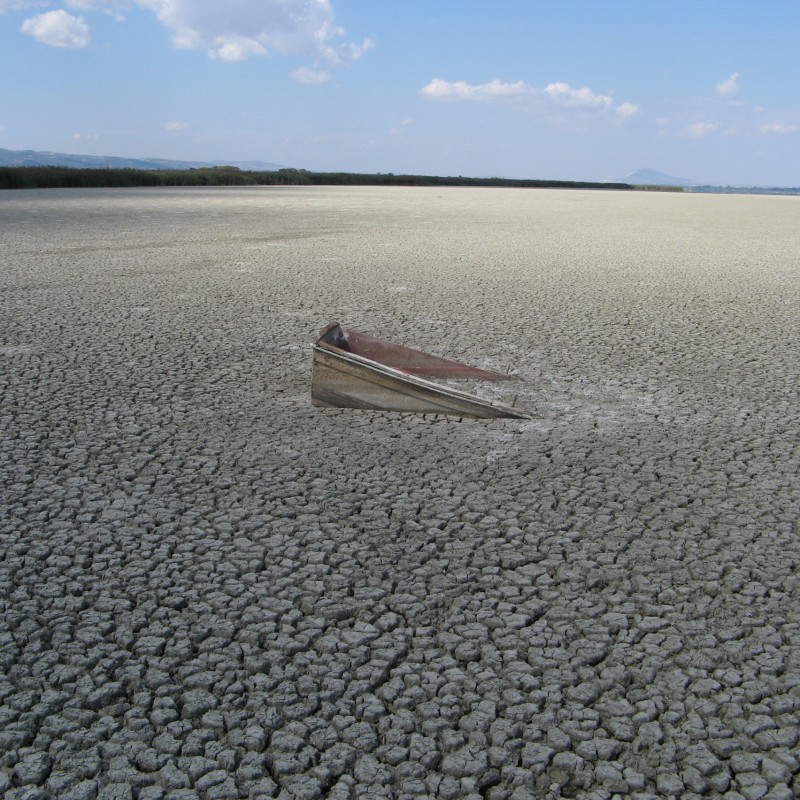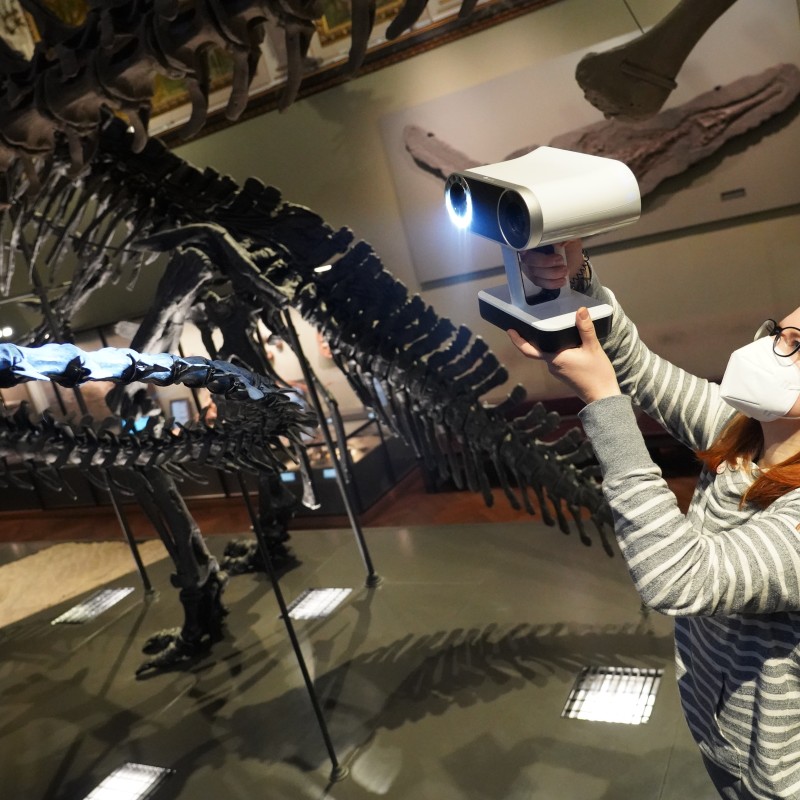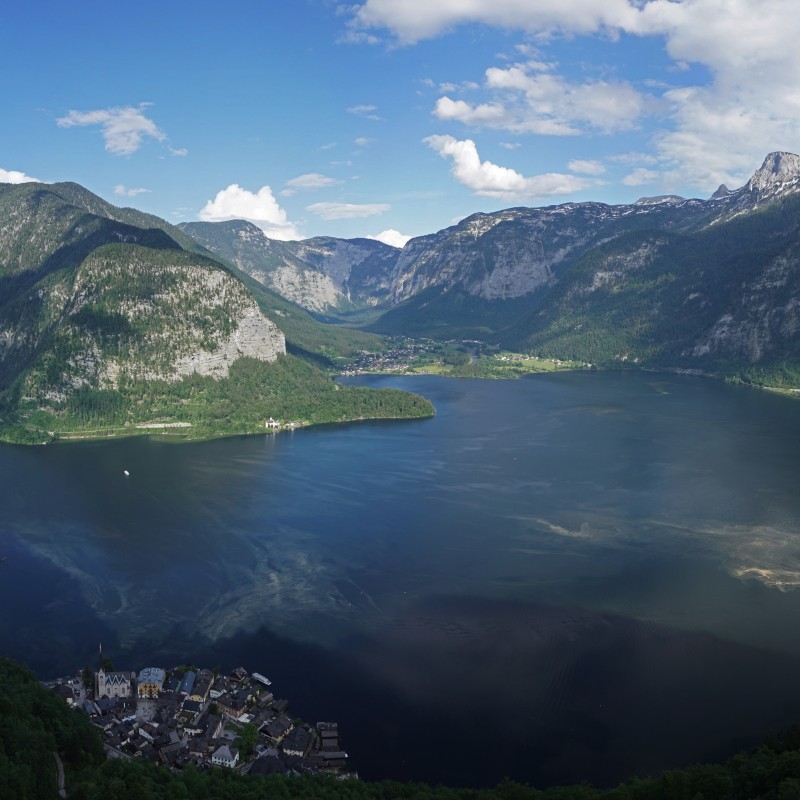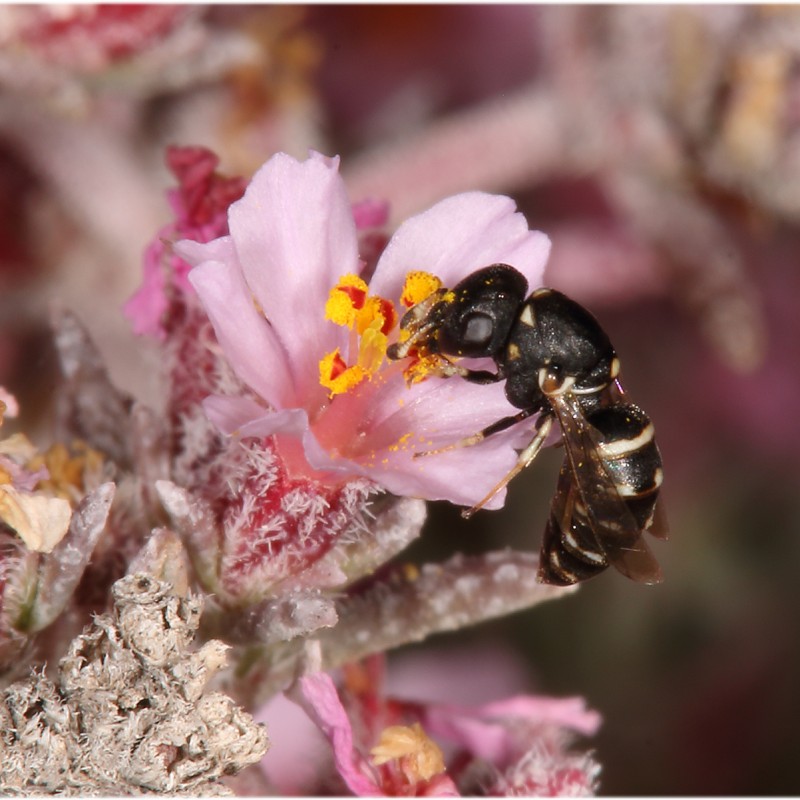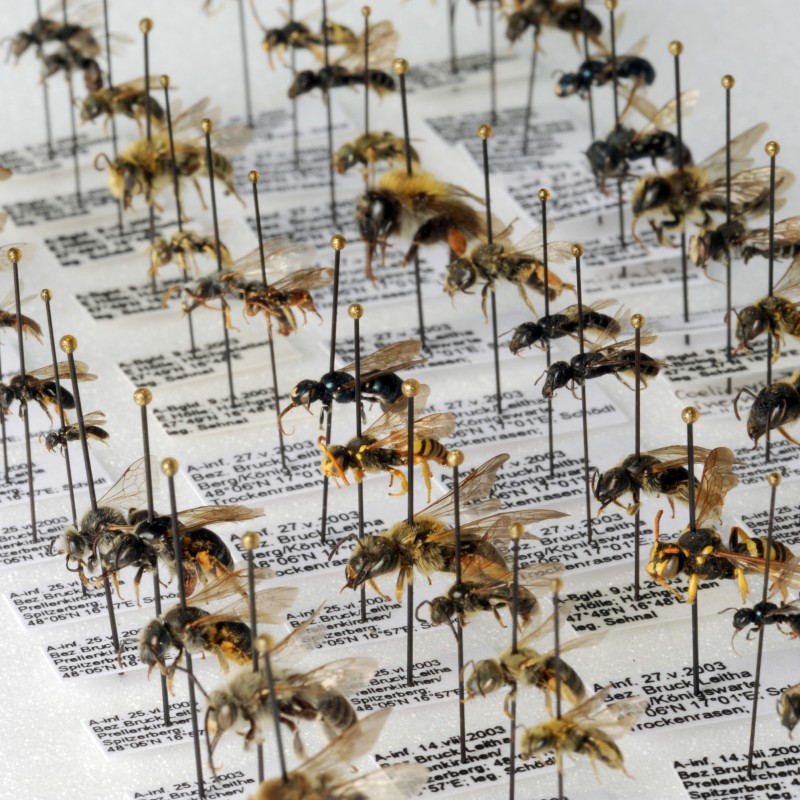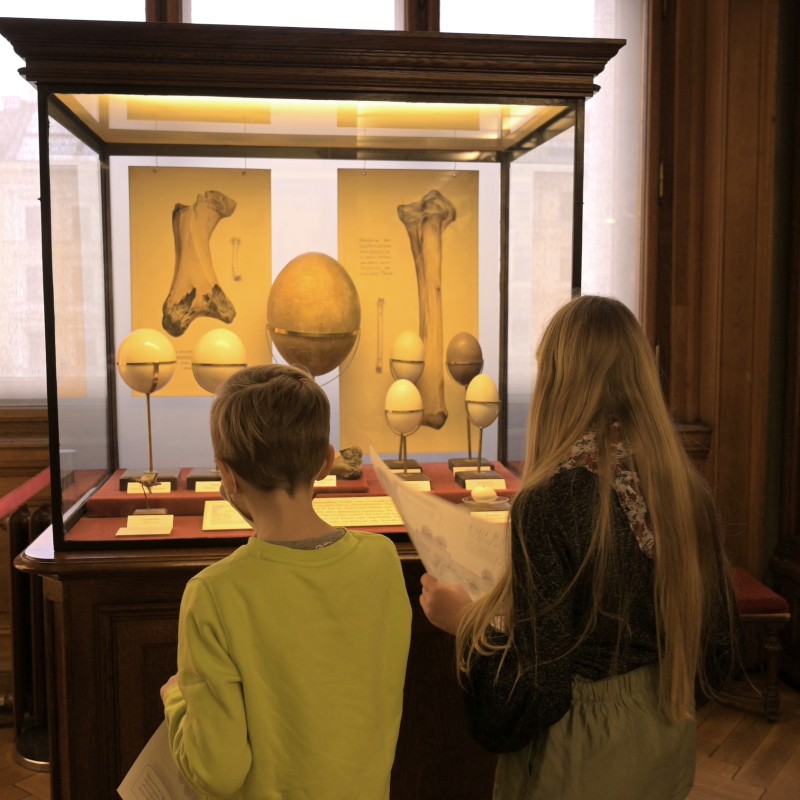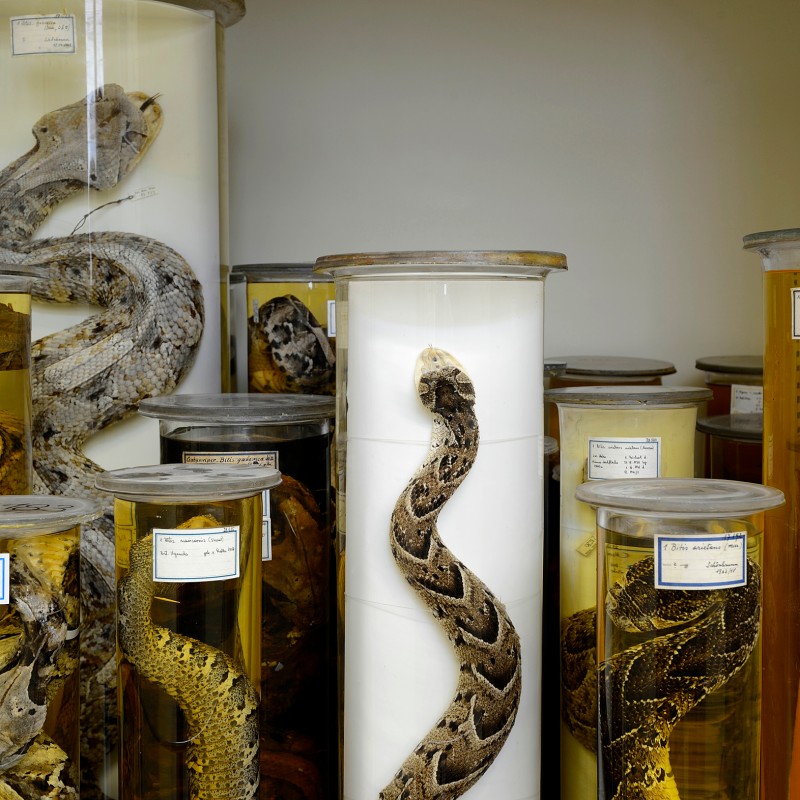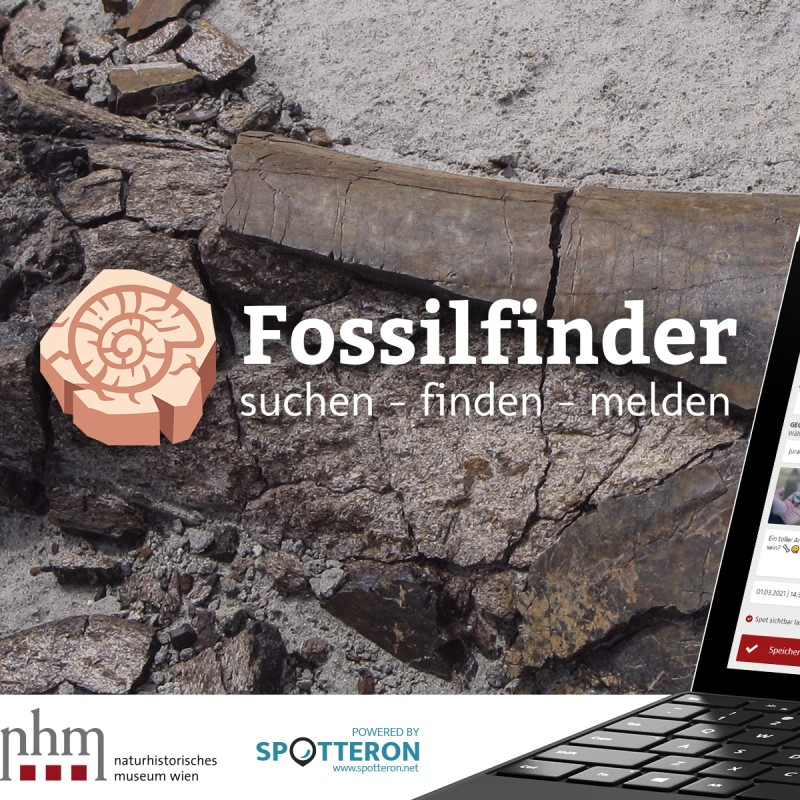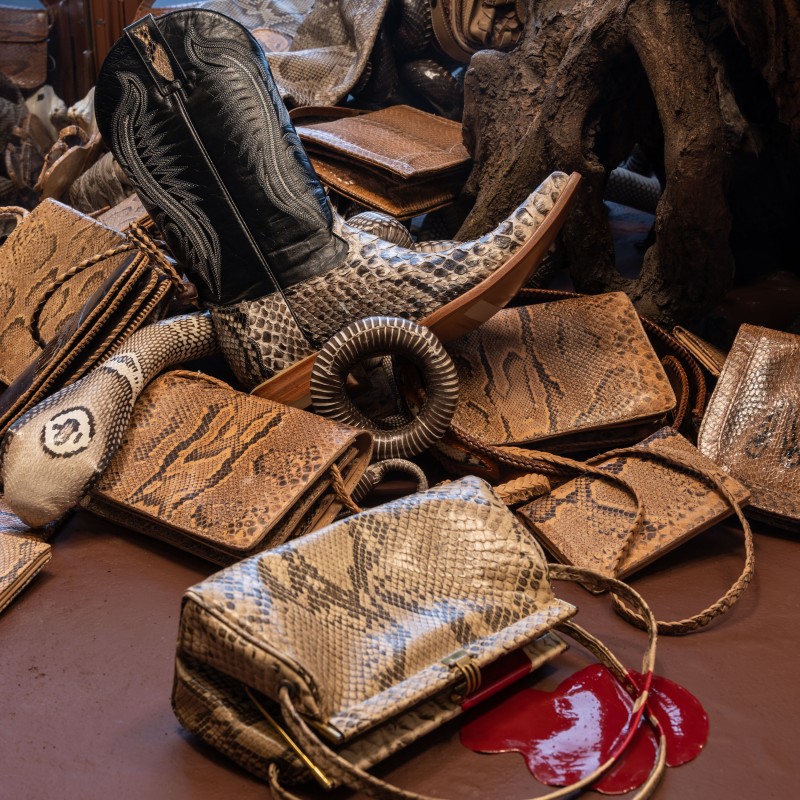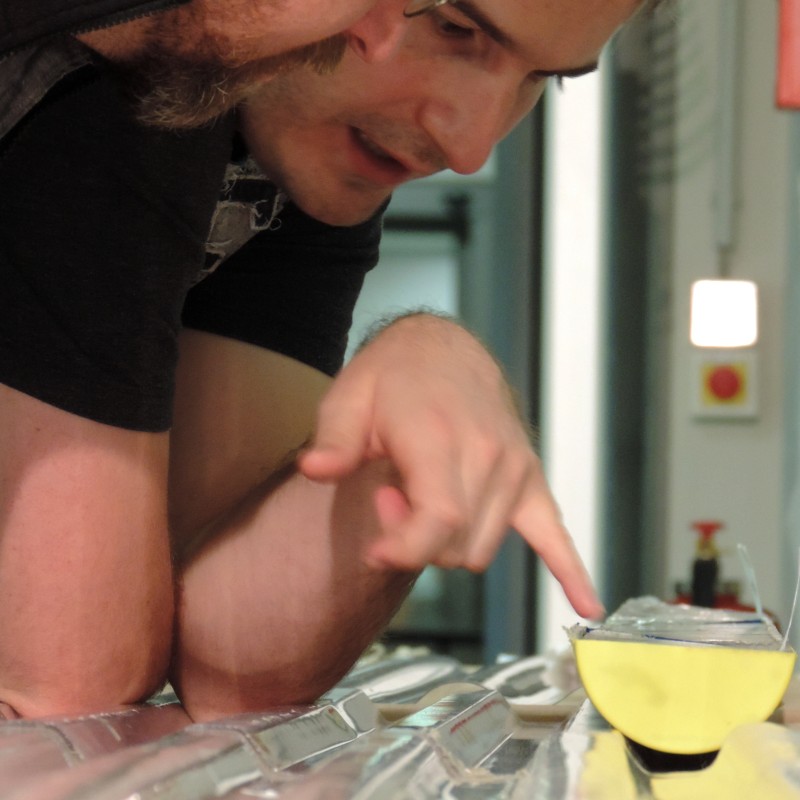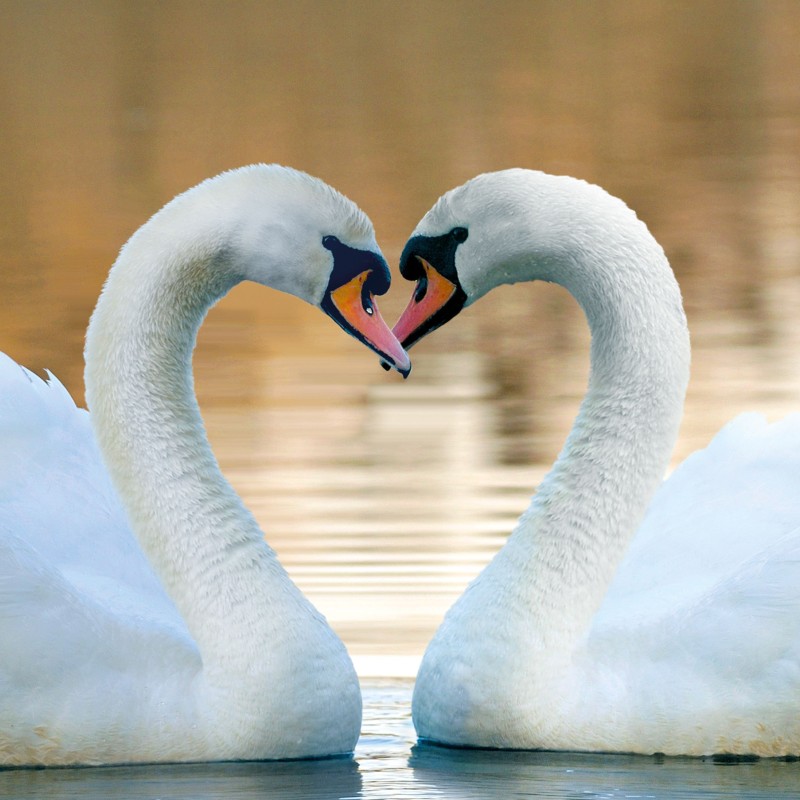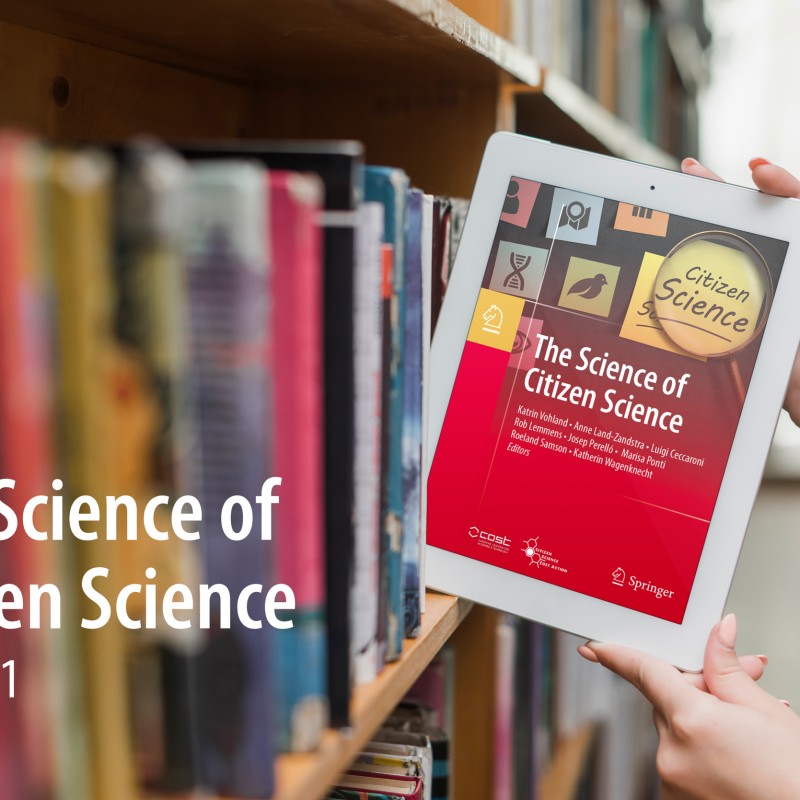Friday, 10. December 2021
"Rise from the dead": supposed mass extinction of sharks 19 million years ago reinterpreted
Mass extinction events are among the most exciting areas of research. One particularly dramatic event, which apparently claimed
the lives of a large proportion of deep-sea sharks, was recently documented in deep-sea cores. But not every catastrophe stands
up to critical review, as new study results from NHM Vienna show.
Friday, 10. December 2021
Latest research results show: Cali glass is of volcanic origin
What Alexander
von Humboldt had already suspected 200 years ago has now been confirmed by an international team of scientists: The unusual
Cali glass from Colombia was not formed during a meteorite impact but is a volcanic glass.
Thursday, 02. December 2021
New publication: "Vienna: Amphibians & Reptiles in the Big City" (Wien: Amphibien & Reptilien in der Großstadt)
Vienna is one of the greenest capitals in the world. Numerous animal and plant
species benefit from this, such as the 17 amphibian and 9 reptile species that find their habitat on Viennese ground. Now
a team of authors around the NHM Vienna has published a book about the amphibians and reptiles in the big city.
Tuesday, 16. November 2021
Invitation to the press conference: New presentation of the showcases "Minerals of Austria
From rock salt to smoky quartz: The permanent exhibition "Minerals of Austria" in the mineralogical exhibition halls of the
Natural History Museum Vienna has been newly revised and set up! The freshly designed showcases are now opened and presented
to the public in new splendor.
Wednesday, 13. October 2021
Beer and blue cheese already on the menu 2,700 years ago.
A team of researchers led by Eurac Research and the Natural History Museum
Vienna gains unique insights into the history of cheese production and complex dietary habits of prehistoric Europeans by
studying human paleofeces from the Hallstatt salt mine.
Wednesday, 25. August
2021
Global climate crisis of the Triassic period: Fossil site in Lower Austria provides deep insights into Austria's earth history
Over 6000 unique fossils of the alpine Triassic period have been investigated
by NHM Vienna-Palaeontologist Alexander Lukeneder and Palaeontologist Petra Lukeneder from the University of Vienna have investigated.
The spectacular remnants are witnesses of one of most severe ecological disasters in the Earth History, the Carnian Crisis.
This phase was characterized by a climate change 233 Million years ago, which lead to a gigantic global mass extinction in
the oceans of the Mesozoic era. Results have now been published for the first time (Scientific Reports).
Thursday, 19. August 2021
NHM Vienna: Mammoth wasp re-discovered in Austria
The mammoth wasp (Megascolia
maculata) is the largest wasp species in Europe with a body length of up to 4.2 cm. In Austria, some specimens were found
in Vienna and Lower Austria at the end of the 19th century, which are preserved in the scientific collection of
the Natural History Museum Vienna. Since 1893, the wasp species could not be documented in Austria and was thus considered
lost for more than 100 years.
Monday, 26. July
2021
Austria's oldest shark teeth provide evidence of a global climate crisis 325 million years ago
Continental drift not only forms mountain ranges, but also has a great influence on marine life. When the two supercontinents
Euramerica and Gondwana began to collide near the equator, a tropical coastal fringe formed between both land masses. The
Carnic Alps are witnesses of this ancient ecosystem and bear Austria’s oldest shark teeth.
Monday, 28. June 2021
Fossil treasure detected at the Natural History Museum Vienna: new marine crocodiles from the early Cretaceous
Historic collections can always appear with surprises! Scientists of the Natural History
Museum Vienna (NHM Vienna), the Natural History Museum Bielefeld, the Academy of Scienes Poland, the Institute for Geological
Engineering in Czech Republic and the School of GeoSciences in England elicited new insights in fossil teeth of early Cretaceous
marine crocodiles.
Tuesday, 25. May 2021
On 26 May 2021, the founding piece of the Vienna Meteorite Collection, the meteorite of Hraschina, celebrates its 270th birthday
On 26 May 1751 at 6 p.m., a fireball became visible over Hrašćina, a place near
today's Croatian capital Zagreb. The sounds of an explosion were heard. A bright meteor could be seen from a distance of up
to 100 km. Two iron lumps, one weighing 39.8 kg and a smaller one weighing 9 kg, were recovered. Although there were numerous
eyewitnesses and a number of reports of "stones falling from the sky", most scholars refused to believe in the extraterrestrial
origin of meteorites.
Friday, 21. May 2021
A new study shows: Humans more consequential than an asteroid impact!
An international
study with the participation of the Natural History Museum in Vienna shows the dramatic impact of humans on the earth's freshwater
systems.
Tuesday, 18. May
2021
Lake Hallstatt ́s paleo-environmental archive accessed by successful completion of a depth-record-braking scientific lake-drilling campaign
The early history of Stone Age settlement and salt mining in the Alpine
region is still not yet fully understood. Also, there is a lack of reliable observational data on past environmental
and climatic conditions, and frequencies and impacts of meteorological and geological extreme events of that
time,
that are needed to holistically understand past environmental-human-environmental interactions.
Tuesday, 13. April
2021
Trade-offs in the pelvic floor contribute to the evolution of difficult childbirth in humans
Compared to most other primates, humans are characterized by a tight fit between the maternal birth canal and the fetal head,
leading to a relatively high risk of neonatal and maternal mortality and morbidity. Why the human birth canal has not evolved
to be larger and reduce these risks has long been a topic of debate. A new study, published in PNAS and co-led by Dr. Nicole
Grunstra, affiliated scientist in the Mammal Collection at the Natural History Museum of Vienna, highlights the role of the
pelvic floor in constraining human pelvic evolution.
Thursday, 08. April 2021
Pollen wasp genus Quartinia produces silk for nest construction in desert areas
A new research paper on the pollen wasp genus Quartinia by scientists from the NHM Vienna in cooperation with the
Natural History Museum Stuttgart describes the ability of females to produce a silky excretion, which serves as a bonding
agent stabilizing the nest walls when nesting in loose sand. This key innovation that allowed them to colonize sand habitats
as a new ecological zone for pollen wasps. Quartinia species are found primarily around the Mediterranean Sea and
in southern Africa.
Tuesday, 06. April 2021
14.5 million-year-old shark-attack on manatee documents oldest predator-prey interaction
Researcher of the NHM Vienna identified a fossilized skeleton of a manatee. The bones bear rare fossil bite marks and teeth
of a tiger shark were also found next to the skeleton. What do these fossils tell us about life 14.5 million years ago?
Friday, 26. March
2021
Natural History Museum Vienna to continue coordinating the ABOL project in Austria for a further three years
The Austria-wide initiative ABOL (Austrian Barcode Of Life, www.abol.ac.at)
is now entering its third phase. In light of the current biodiversity crisis, the availability of data on biodiversity has
become hugely important. ABOL not only coordinates the recording of genetic data from animals, plants, and fungi in Austria
using DNA barcoding but is also involved in European and global projects to document biodiversity. The Austrian Federal Ministry
of Education, Science and Research has announced that it will continue to finance the NHM Vienna’s coordination of ABOL for
the next three years.
Friday, 26. February 2021
Natural History Museum Vienna and WWF Austria join forces for species protection
March 3rd is dedicated to the protection of species. The World Wildlife Day initiated by the United Nations is intended to
raise public awareness of this issue and to commemorate the Convention on International Trade in Endangered Species of Wild
Fauna and Flora (CITES), signed on March 3rd, 1973.
Wednesday, 24. February 2021
Asteroid dust found within the dinosaur-killing crater
An international team
of researchers, including four scientists from the Natural History Museum Vienna and the University of Vienna, report on the
discovery of meteorite dust in drill core samples from the Chicxulub impact crater (Mexico). This finding is the final piece
of the puzzle following the discovery of a meteoritic component in rocks from the Cretaceous-Paleogene boundary about 40 years
ago, which led to the conclusion that the mass extinction was caused by an asteroid impact.
Monday, 22. February
2021
Natural History Museum Vienna and Evolution: Exactly 150 years ago, on 24 February 1871, Charles Darwin published his work The Descent of Man.
To mark this anniversary the Natural History Museum Vienna
aims to draw attention to the close links which exist between its first Superintendent, Ferdinand von Hochstetter (1829-1884),
and the revolutionary theory of Charles Darwin (1809-1882). In this context, the museum wishes to raise the profile of the
various evolutionary and co-evolutionary processes when redesigning its exhibition halls in the future. The goal is to enable
visitors to the museum to better understand and experience the mechanisms of evolution, focusing on (genetic) variability
as a prerequisite for diversity and evolution as well as on the selection factors that affect today's distribution of species
and will continue to do so in the future. Such factors include not only the climate and tectonics but also, for example, competitive
and cooperative behavior as well as the co-evolution of humans alongside diseases and parasites.
Tuesday, 16. February 2021
Desert fish "under cover" - newly discovered diversity on the Arabian Peninsula
The landscape of Oman is characterized by vast desert landscapes and barren, dry high mountain ranges. When one hears of newly
discovered freshwater fish, few people think of the desert state in the southeast of the Arabian Peninsula. Studies by the
Natural History Museum in Vienna now show that the fish diversity in this arid region was previously underestimated.
Tuesday, 19. January 2021
New area on species conservation at the Natural History Museum Vienna
A newly
designed display case on the first floor of the NHM Vienna addresses the urgent issue of species conservation, with a particular
focus on reptiles. Snakes and many other reptiles are used to make leather. The animals are often caught in the wild – despite
the fact that most snake species are strictly protected. This new exhibition area aims to help raise awareness about the importance
of protecting these species.
Tuesday, 12. January 2021
The science of citizen science
On 12.1.2021 the book "The Science of Citizen Science" was
published open access with Springer, to which over 100 authors contributed, including over 10 from Austria. "This book is
a wonderful conclusion of four years of intensive exchange within a European research network on citizen science. At the same
time it signals a beginning, as its curriculum-like structure gives universities and others the opportunity to reflect on
both the substantive contributions to research and the societal added value of Citizen Science," Dr. Katrin Vohland, Director
General of the Natural History Museum Vienna and first editor of the book, is pleased to say. "In addition, the book offers
practical support for implementing projects and also addresses emerging topics such as Citizen Science and Artificial Intelligence."



